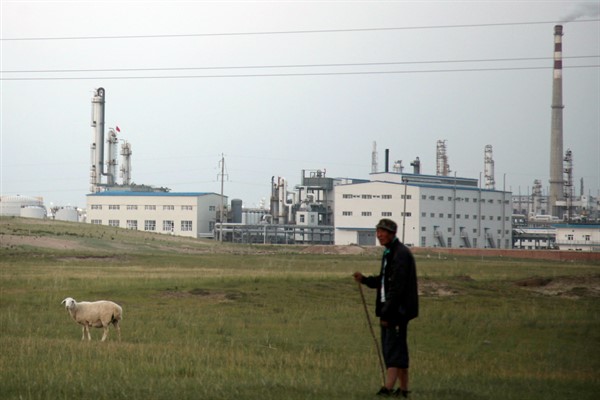Editor’s Note: Every Wednesday, WPR Newsletter and Engagement Editor Benjamin Wilhelm curates the week’s top news and expert analysis on China.
Authorities have detained at least 23 people in China’s Inner Mongolia region following protests last week against new rules requiring classes in primary and secondary schools to be taught in Mandarin, rather than Mongolian. Activists are warning of a broader campaign to chip away at Mongolian cultural identity, and based on recent reports from the region, a strict crackdown on ethnic Mongol communities is already underway.
The “bilingual education” program in Inner Mongolia, announced just days before it was implemented, requires that three subjects—language and literature, politics, and history—be taught in Mandarin instead of Mongolian. Mandarin is China’s official language and the language of its Han ethnic majority, but Mongolian remains an official language in Inner Mongolia.

